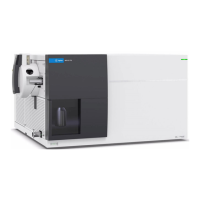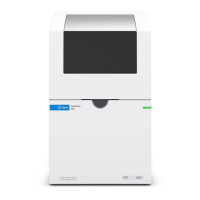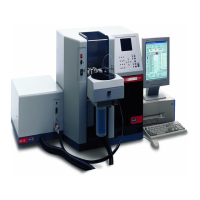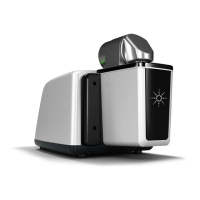MEASure:{RESistance|FRESistance}? [{<range>|AUTO|MIN|MAX|DEF} [,
{<resolution>|MIN|MAX|DEF}]]
Sets all measurement and trigger parameters to their default values for 4-wire resistance (FRESistance) or 2-wire
(RESistance) measurements, and immediately triggers a measurement. The results are sent directly to the
instrument's output buffer.
Parameter Typical Return
<range>: 100 Ω, 1 kΩ, 10 kΩ, 100 kΩ, 1 MΩ, 10 MΩ, 100 MΩ, AUTO
(default) or DEFault
+8.54530000E+01
<resolution>: See Resolution Table or Range, Resolution and NPLC.
The default is equivalent to 10 PLC.
Specify <resolution> in the measurement's units (V, A, Hz, Ω, and so
on).
Configure 4-wire resistance measurements using the 100 Ω range with default resolution. Then make and read one
measurement:
MEAS:FRES? 100
l You can let autoranging select the measurement range, or you can manually select a fixed range. Autoranging
conveniently selects the range for each measurement based on the input signal. For fastest measurements, use
manual ranging (autoranging may require additional time for range selection).
l Autoranging (AUTO or DEFault), will generate an error if you specify a <resolution> because the instrument
cannot accurately resolve the integration time (especially if the input continuously changes). If your application
requires autoranging, specify DEFault for the <resolution> or omit the <resolution> altogether.
l Autoranging goes down a range at less than 10% of range and up a range at greater than 120% of range.
l If the input signal is greater than can be measured on the specified manual range, the instrument displays the
word Overload on front panel and returns "9.9E37" from the remote interface.
l For 4-wire RTD measurements, the instrument always enables the autozero function.
Agilent Truevolt Series DMM Operating and Service Guide 169
